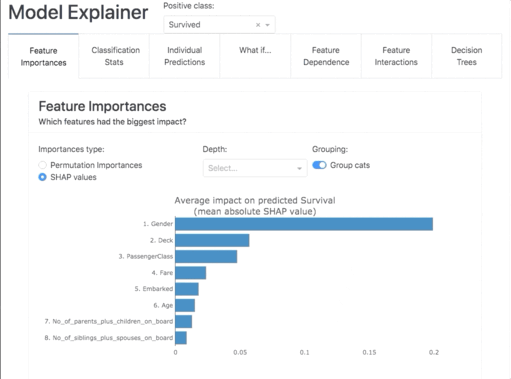Confusion Matrix - Why So Confusion?
Why the Confusion Over COnFusIOn Matrix 🤔
5/8/20242 min read


Ever looked at a Confusion Matrix and thought, "Is this a trick question?"
Don’t worry—you’re not alone. The Confusion Matrix is like the tricky Rubik’s Cube of data science: colorful, but oh so confusing. Let’s break it down in a fun, easy way so it finally clicks! 🎉
Breaking Down the Jargon
You’ll see terms like True Positive, False Negative, and might think, "Are we talking about a medical test or data?" 🤔
Here’s a cheat sheet:
True Positive (TP): You predicted it was positive, consider the COVID-19 test, and it actually was (High-five! You’re right 🎉). Means the test for COVID-19 test was actually correct, lets get you quarntine 😬
True Negative (TN): You predicted negative, and it was negative (You nailed it again ✌️). We all wanted not to have COVID-19
False Positive (FP): You thought it was positive, but it wasn’t (Oops! 🛑). I hated this when people wanted me to Quarantine at the Airport and test was wrong.
False Negative (FN): You said negative, but it was positive (Whoops! 😬). Those who spred the Covid by mistake.
Think of it like ordering pizza:
TP: You ordered pizza, and pizza arrived 🍕.
FP: You ordered pizza, but you got a salad 🥗.
TN: You didn’t order pizza, and none came 🙅♂️.
FN: You didn’t order pizza, but pizza showed up anyway 😅. This should happen always.
Why Is It So Confusing?
It’s because those labels—True, False, Positive, and Negative—can trip up your brain. It's like trying to remember which fork to use at a fancy dinner. The confusion happens because you must think in terms of two dimensions: What you predicted vs. What actually happened.
Making Sense with Fun Examples
Example 1: Spotting Cats in Images 🐱
True Positive (TP): You predicted a cat, and it’s a cat! (Meow! 🐾)
False Positive (FP): You predicted a cat, but it’s a dog! (Ruff! 🐶)
True Negative (TN): You said no cat, and indeed, no cat.
False Negative (FN): You missed the cat—it’s hiding! 🐾
Metrics that Matter: Accuracy, Precision, Recall
Once you have the matrix, here come some important friends:
Accuracy: How often are you right? (TP + TN) / All predictions.
Precision: Out of all positive predictions, how many were correct? TP / (TP + FP).
Recall (Sensitivity): How many actual positives did you catch? TP / (TP + FN).
Why It’s Actually Fun Once You Get It
The Confusion Matrix is like a treasure map for your model’s performance! 🏴☠️ Once you get past the jargon, it’s a powerful tool to see where your predictions go wrong and how to fix them.
Next time you see a Confusion Matrix, instead of thinking, “Ugh, confusing!” you’ll be able to crack a smile and say, “I got this.” Just remember: it's all about understanding your predictions vs. reality—like ordering that pizza. 🍕
Explainer Dashbarod
In order to start an ExplainerDashboard you first need to contruct an Explainer instance.
On the basis of this explainer you can then quickly start an interactive
dashboard.from explainerdashboard import ClassifierExplainer,
ExplainerDashboardexplainer = ClassifierExplainer(model, X_test, y_test)
ExplainerDashboard(explainer).run()
Boom you got an interactive dashboard with a lot of features.
Following 5 things make it even useful
1️⃣ Feature Importance
2️⃣ Permutation Importance
3️⃣ Shapley Values
4️⃣ Metrics & Confusion Matrix
5️⃣ Precision Plot
